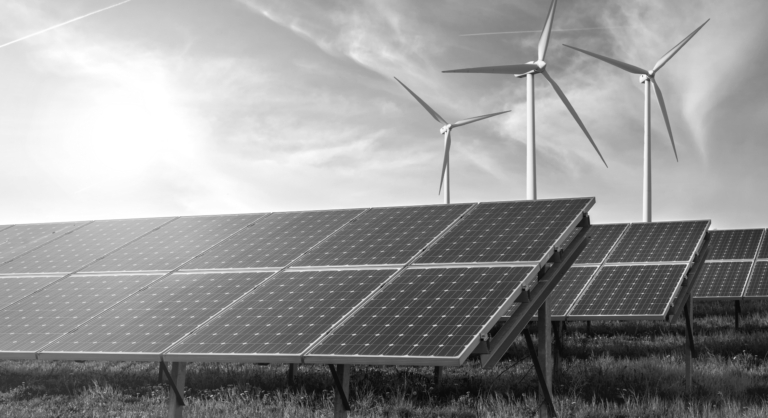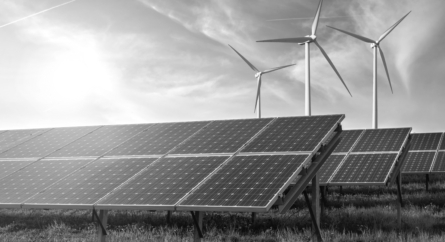Prohibiting Non-Accessory BESS Violates Massachusetts Law
On April 2, 2024, the Attorney General’s Municipal Law Unit rejected a portion of the Town of Sherborn’s zoning bylaw amendment pertaining to restrictions on battery energy storage systems (“BESS”), but allowed the establishment of a new permitting scheme for large-scale solar installations.
The new zoning bylaw sought to impose operational requirements on BESS, including a prohibition of BESS that are not accessory to solar installations:
“Battery energy storage units shall be clearly secondary and incidental as an accessory use to the solar facility. They shall be limited to only those needed to support the solar facility at the site, their total maximum power output may not exceed the nominal rated kW generating capacity of the facility as measured in direct current.”
In its letter to the Town of Sherborn, the Municipal Law Unit wrote: “We disapprove the text quoted above and shown in bold and underline because it prohibits non-accessory BESS in all districts, which is an unreasonable regulation of BESS in violation of G.L. c. 40A, § 3. The Town has not provided any record evidence that such limitation on BESS in the Town is necessary to protect the public health, safety or welfare.” The Municipal Law Unit cited Kearsarge Walpole, LLC v. Lee, 2022 WL 4938498 (Smith, J. Oct. 4, 2022) in support.
Conversely, the Municipal Law Unit approved another portion of the zoning bylaw amendment which requires site plan review for large-scale solar installations allowed as of right in the certain overlay districts and permits such installations by special permit outside of the overlay districts.
The Municipal Law Unit observed that “the by-law requires that when undeveloped forest land is converted to a large-scale solar installation, the applicant must submit plans to designate and preserve other unprotected land and requires the plans to show the estimated carbon lost by the destroyed forest land and the carbon preserved by the protected land. The estimated carbon in the protected land must be greater than the estimated carbon lost by the removed trees … Based on our standard of review, we cannot conclude that these provisions conflict with Section 3’s solar protections. However, if these or other provisions are used to deny a solar installation, or otherwise applied in ways that make it impracticable or uneconomical to build solar energy systems and related structures, such application would run a serious risk of violating G.L. c. 40A, § 3.”
Categorized: Renewable Energy, Zoning
Tagged In: battery energy storage units, solar energy, solar protections






